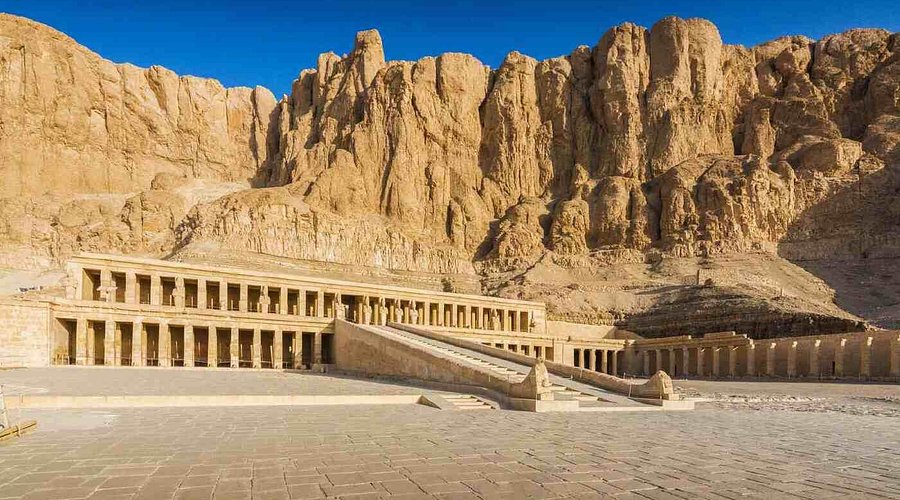Welcome to the Valley of the Kings, a remarkable archaeological site that has captured the imagination of historians and visitors from around the world. Located on the west bank of the Nile, opposite the ancient city of Thebes, this area is known for its significant role in the history of ancient Egypt. For nearly 500 years, from the Eighteenth to the Twentieth Dynasty, this Valley served as the principal burial place for pharaohs and powerful nobles of the New Kingdom, dating from around 1550 to 1075 BCE.
The Valley is split into two main sections: the East Valley, where most of the royal tombs are found, and the West Valley, also known as the Valley of the Monkeys. The decision to establish the Valley of the Kings as a royal necropolis was driven by a desire for secrecy and protection. Pharaohs sought to conceal their tombs from grave robbers by placing them in a secluded valley, hidden within the Theban hills.
The Valley of the Kings is perhaps most famous for the discovery of the tomb of Tutankhamun in 1922 by British archaeologist Howard Carter. This find was extraordinary because Tutankhamun’s tomb was largely intact, providing a treasure trove of artifacts that offered invaluable insights into the opulence of pharaonic Egypt. This discovery included golden masks, jewelry, chariots, and more, all of which painted a vivid picture of the wealth and artistry of that era.
Over time, the Valley has revealed 65 tombs, each with its own story. Among these are the tombs of some of Egypt’s most famous rulers, including Ramses II and Seti I, whose resting places are renowned for their intricate decorations and inscriptions. These tombs are adorned with scenes from Egyptian mythology, serving not only as final resting places but as texts that guided the deceased through the afterlife.
One of the unique features of the Valley is the natural pyramid-shaped peak that rises above the landscape. This peak, known as al-Qurn, or “The Horn,” was significant to the ancient Egyptians, symbolizing the earth’s connection to the divine. This natural formation added another layer of sacredness to the Valley, reinforcing its status as a place of rebirth and eternity.
Despite ancient efforts to secure these tombs, many were looted over the centuries. However, the art and architecture remain as windows into ancient Egyptian beliefs and practices. The Valley of the Kings, designated a UNESCO World Heritage Site in 1979, continues to be a focal point for archaeological study and exploration.
As you explore the Valley, imagine the labor and devotion that went into creating these tombs, and the powerful legacy of the pharaohs who believed that their journey in the afterlife was just as important as their life on earth.




